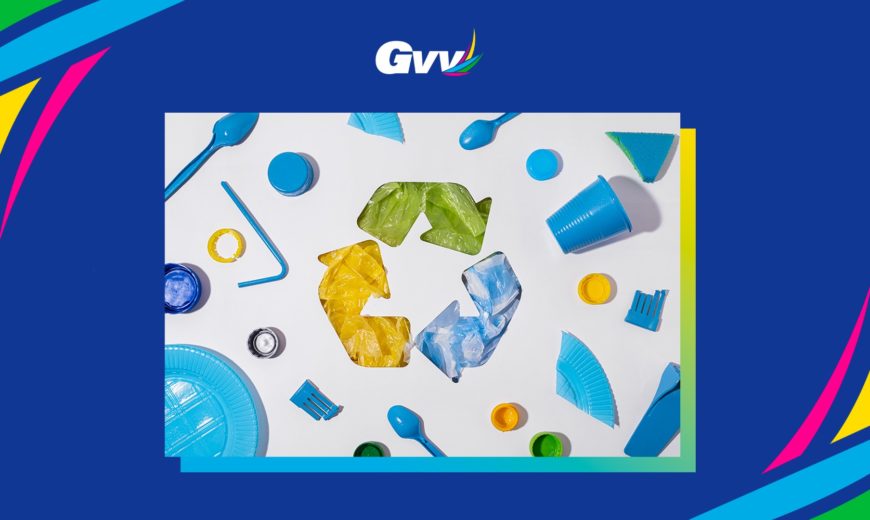
Different types of plastics, different recyclability
Plastics: the undisputed protagonists of our everyday life. Revolutionary material, useful as much as discussed, and far more articulate than we think and know.
This material has a very long life-cycle and has made our lives safer and easier in many ways. In most cases, it is derived from chemicals, obtained specifically from gas and oil; however, in recent years, more “organic” alternatives are being sold on the market.
Plastics are really numerous and vary in composition and characteristics. In short, they are created from chains of polymers, which can be pure or mixed with additives, in order to obtain necessary features and functionalities.
Let us try to simplify by making an initial classification, dividing plastics into:
- Thermoplastics: when heated, they become malleable and can be easily shaped and then become rigid again with cooling; this process can be repeated several times.
- Thermosets: they can be molded into the desired shape by heat, but once hardened they cannot be processed again.
- Elastomers: commonly known as rubber. Material with high deformability and elasticity.
We can make a further classification based on the recyclability of plastic polymers. It is useful to know that the American system called SPI (Society of the Plastics Industry), identifies plastics with the symbol of a triangle with a specific number inside of it, corresponding to the type of plastic material. This ranking goes up to number 7, where the first 6 correspond to recyclable plastics, while No. 7 is affixed to nonrecyclable materials.
- PET: easily recyclable even with multiple cycles, as it keeps its characteristics intact for a long time. Almost all water bottles are made from this material.
- HDPE – High Density Polyethylene (link): used for various purposes, among which detergent bottles, caps, pipes or cables, but also design elements or furniture.
- PVC – Polyvinchloride (link): to create vinyls, pipes for the construction industry, electrical cables, warehouse covering and many other technical plastic items.
- LDPE – Low Density Polyethylene (link): lightweight and flexible, therefore used in the creation of various smallwares, bags and/or packaging films.
- PP – Polypropylene (link): used to produce items of everyday use, such as fasteners, cans or children’s toys.
- PS – Polystyrene or Styrofoam: commonly used and known as acoustic insulation or in packaging.
Versatile, durable and incredibly adaptable, they are a remarkable family of materials with science and innovation in their DNA, which is why we need to learn how to process and recycle them with proper awareness!



